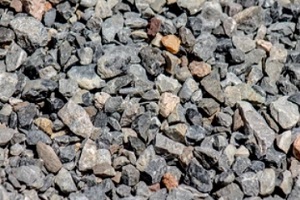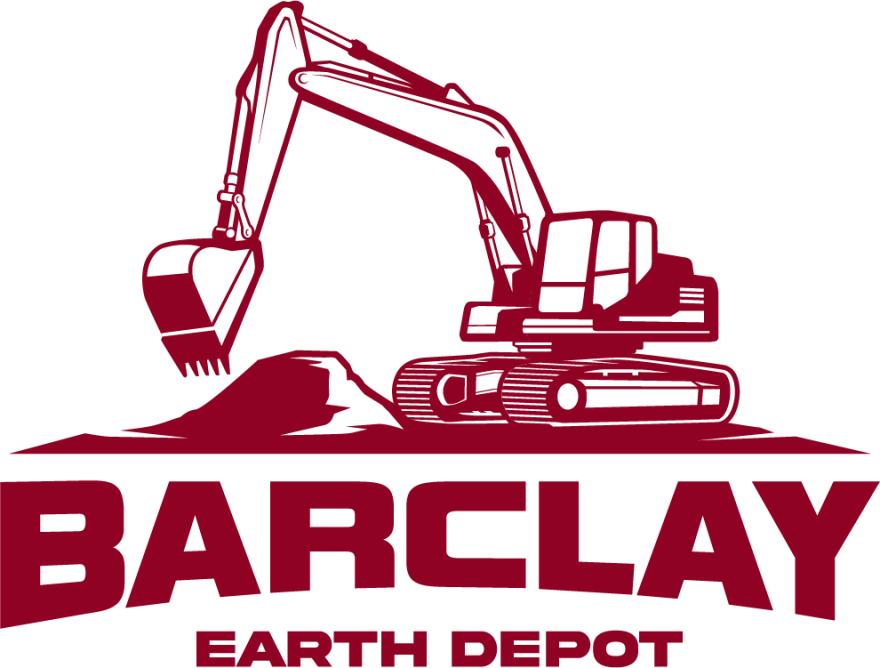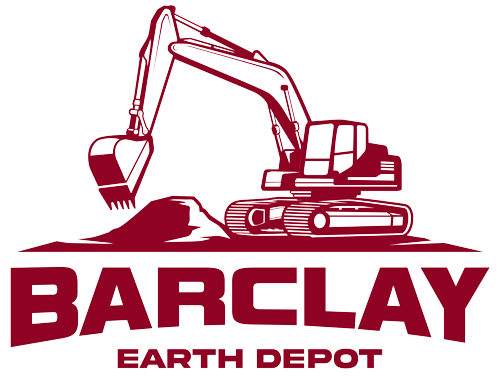 What is crushed stone, exactly? You’ve undoubtedly heard someone mention it in terms of landscaping design, but perhaps you are a bit too ashamed to admit you didn’t know precisely what it was.
What is crushed stone, exactly? You’ve undoubtedly heard someone mention it in terms of landscaping design, but perhaps you are a bit too ashamed to admit you didn’t know precisely what it was.
So, no more embarrassment! This helpful article will explain the uses and advantages of crushed rock for your benefit. Now when you check out your local natural stone dealer, you’ll be so well-informed that the salesperson will be impressed.
What Is Crushed Stone?
In the building industry, crushed stone is utilized as aggregate. Limestone, traprock, granite, and dolomite are the most frequent forms of rock used to make crushed stone. In small proportions, slate, marble, volcanic cinder, sandstone, and quartzite are utilized as construction aggregates.
When it comes to building, hardscaping, and landscaping materials, there are many alternatives. Understanding the differences between comparable materials such as crushed rock and gravel may aid you in selecting the best resources for your project.
What Are The Specifics Of Crushed Stone?
Crushed stone is made up of rocks that have been crushed by machinery to give them more angular surfaces. This material is made rather than naturally occurring, and it comes in a wide range of sizes, from stone dust to 12″ or larger diameters.
The hue will depend upon the type of rock that was used to make it. Crushed stone has a multitude of purposes, including aesthetic landscapes and garden drainage, but its principal use is as a building aggregate, without the need for a binder.
Crushed gravel, on the other hand, is formed by natural weathering and erosion and has a rounded shape as opposed to stone’s jagged surfaces. This material is available in a variety of diameters, ranging from less than a half-inch to more than 20 inches in diameter. The smooth surface of these stones makes them ideal for roads, walkways and other attractive landscape applications. The colors will range from yellow, reddish, bluish and grayish.
These materials are relatively affordable in comparison to other beautification and building materials, with costs primarily influenced by manufacturing and transportation costs, which is why it is typically manufactured and marketed locally.
How Is Crushed Stone Used?
Crushed stone is used in a number of various ways. Crushed stone, unlike some varieties of gravel, is commonly utilized as an aggregate in building and construction. Depending on the usage, it can be utilized in its natural state without a binder or blended with one.
When used as a subgrade layer, railroad track ballast beds, or seashore riprap, the substance is most typically utilized without a binder. When used for concrete and asphalt in road building and repair, macadam roads, and other common construction projects, it is usually mixed with a binder. In the building and maintenance of roads, crushed stone is commonly used as aggregate.
Crushed stone is mostly utilized as aggregate in the construction and maintenance of roads. It is also utilized in agriculture, as well as in the manufacture of cement and lime, and other chemical uses.
Angular stone is the ideal type for installations that depend upon the interlocking properties of the individual stones’ angled facets for strength. Unlike when a smooth surface material like gravel is utilized, the rigid surfaces of stones can be tamped, rolled, or even shook into place until they interlock, providing a more secure surface.
Crushed stone is a versatile material that may be incorporated into a variety of applications, including commercial, residential and DIY. It is often used for horse riding facilities (screenings), pedestrian and biking paths (screenings and 3/8″ size), drainage channels, and also as a foundation or sub-base for private crushed stone driveways and retaining walls due to its inexpensive cost and ease of installation.
Relevance To Mining
 Except for Delaware, every state within the United States produces crushed stone. The type of crushed stone mined in each state is determined by the state’s geology and rocks. In Indiana, Illinois, and Ohio, crushed limestone and dolomite are widespread, but granite and marble are found in Vermont.
Except for Delaware, every state within the United States produces crushed stone. The type of crushed stone mined in each state is determined by the state’s geology and rocks. In Indiana, Illinois, and Ohio, crushed limestone and dolomite are widespread, but granite and marble are found in Vermont.
Ohio, Florida, Texas, Pennsylvania, Kentucky, Georgia, Illinois, Virginia, Missouri, North Carolina, and Kentucky generate over half of the crushed rock that is produced in the United States. Most jurisdictions recycle asphalt, concrete, and construction/demolition debris as construction material from virgin aggregate sources.
Crushed stone is imported in minor quantities from Canada, Mexico, and the Bahamas and is a hefty and relatively low-value material. As a result, using the material in a construction setting near a populated area that is also proximate to the mining site saves money on transportation costs.
Have Questions? Contact Barclay Earth Depot
If you have any questions regarding crushed stone or are interested in the pricing options we offer, don’t hesitate to contact Barclay Earth Depot for more details and all the support you need for any project you are preparing.

